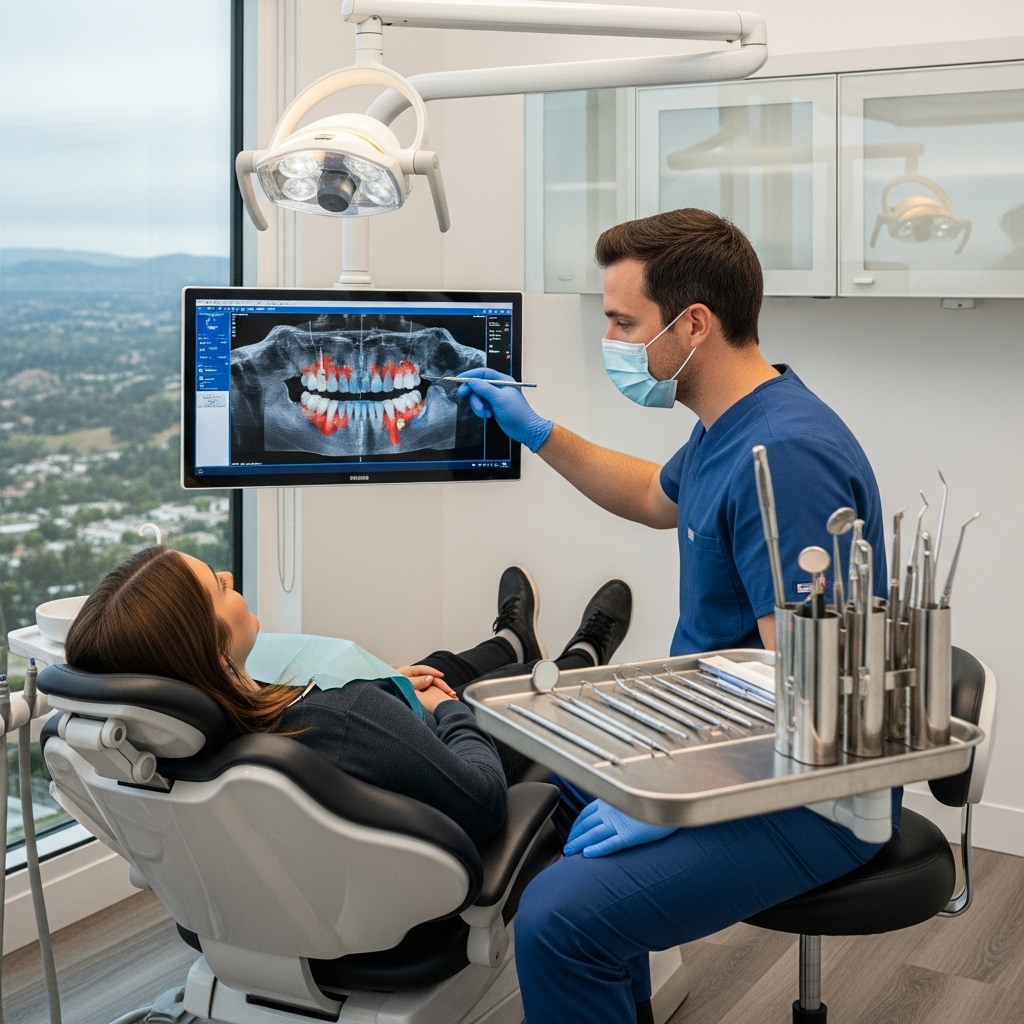Walk along Ventura Boulevard and you will hear the signature sounds of Woodland Hills—espresso machines, friendly conversations, and the quiet buzz of a neighborhood on the move. Inside our dental practices, there is another kind of hum: the cadence of modern tools, thoughtful planning, and patient-centered care. General dentistry has been evolving quickly, and the trends shaping our community are practical, data-informed, and deeply focused on comfort. For anyone curious about what is new and why it matters, the best place to start is with the everyday experience of patients who choose general dentistry designed for real life in the Valley.
One of the most visible shifts is the rise of digital diagnostics. Digital imaging offers crisp detail with efficient exposure, and software tools allow side-by-side comparisons over time. When you can see a tiny change between last year and today, you can make decisions with confidence. Intraoral cameras bring magnified views of enamel, fillings, and gums directly to a chairside screen. This transparency turns a checkup into a collaboration: you and your dentist review the same images, discuss priorities, and shape a plan that fits your comfort and schedule.
Another trend reshaping general dentistry is minimally invasive care. Rather than waiting for a problem to demand a large solution, dentists now intervene earlier with smaller, more conservative steps. Remineralizing treatments support enamel recovery in its earliest stages. When a restoration is needed, precise removal of compromised structure preserves as much natural tooth as possible. The goal is functional longevity—care that feels better today and holds up beautifully over time.
The conversation around prevention has also matured. Instead of generic recommendations, patients now receive individualized risk assessments. Your diet, saliva flow, brushing technique, and even your daily stress level are part of the picture. With that information, your dentist can craft a plan that addresses the specific reasons plaque accumulates or enamel softens. The result is less guesswork and a routine you can actually follow, whether you are commuting down the 101 or hiking on a Saturday morning.
Education has become more visual and interactive. Chairside screens display images of areas that need a different brushing angle or more consistent flossing. Short explanations are paired with solutions you can feel—like how a different floss type glides in a tight contact or how a soft-bristled brush prevents abrasion near the gumline. This kind of coaching is changing outcomes across Woodland Hills because it respects your time and turns expert advice into practical action.
Comfort innovations are another hallmark trend. Hygienists use instruments and techniques designed to reduce sensitivity during cleanings. Anesthetic approaches are more precise, and appointments are paced to match your preferences. When care feels gentle and predictable, patients return consistently, and consistency is the backbone of lasting oral health.
We are also seeing a broader focus on the mouth–body connection. General dentistry teams routinely ask about sleep quality, nutrition, and medications that affect saliva. Nightguard therapy for clenching and grinding is common and more customizable than ever, which protects enamel from microfractures while easing jaw muscles. Screening for airway concerns during routine visits is becoming standard, too. When you discuss snoring, mouth breathing, or daytime fatigue, your dentist gains context that can inform recommendations and referrals if needed.
Sustainability is finding its place inside practices as well. From digital records that reduce paper to sterilization and waste management strategies designed for efficiency, dental offices in Woodland Hills are looking for ways to be good neighbors. While patients may not see every detail, they feel the benefits in streamlined scheduling, clearer communications, and a care environment that respects community values.
Another trend is the rise of customized maintenance intervals. Twice-a-year visits remain a solid baseline, but risk-based scheduling is increasingly the norm. Someone with a history of periodontal inflammation, dry mouth from medications, or a pattern of rapid tartar buildup may benefit from more frequent cleanings. Conversely, a patient with excellent home care and low risk might stay comfortable on a longer interval. The point is to match cadence to need, which maximizes comfort and results.
In a neighborhood that values tech, teledentistry and digital communication have found a useful niche. While examinations and cleanings happen in person, quick follow-ups, pre-visit questionnaires, and photo check-ins between appointments can save time. Busy parents appreciate quick clarifications about a chipped tooth after a weekend game. Professionals welcome efficient scheduling and reminders that align with workdays that stretch past sunset.
Materials science continues to advance as well. Restorative materials are stronger and more esthetic, designed to mimic natural translucency while standing up to daily wear. Adhesive technology has improved the way fillings bond to enamel and dentin, allowing more conservative preparations. These advances are not just technical; they translate into restorations that feel natural, look seamless, and last longer when paired with consistent care.
Gum health remains a cornerstone, and new approaches to periodontal maintenance are refining results. Gentle instrumentation, localized antibacterial therapies when appropriate, and precise monitoring of pocket depths help keep gums firm and pink. Because inflammation is now understood as a whole-body issue, this trend reflects a broader commitment to keeping the mouth comfortably in balance.
Local lifestyle plays a role in these trends, too. Woodland Hills residents juggle commutes, workouts, and family schedules, which influences snacking patterns, hydration, and stress. Modern general dentistry plans for those realities rather than ignoring them. If you sip coffee during a morning drive, your dentist might suggest timing brushing before you leave and rinsing with water afterward. If high-intensity exercise is part of your routine, conversations about mouth breathing and hydration can protect against dryness and sensitivity.
We are also seeing more attention to early life care. Parents are encouraged to bring children in as soon as the first teeth appear or by the first birthday. These early visits are gentle and fun, focused on acclimating kids to the environment and giving caregivers simple, actionable tips. A generation that grows up seeing dental visits as normal is a generation less likely to delay care, and that trend bodes well for our community.
Midway through many care plans, patients are surprised by how expansive general dentistry can be. Beyond cleanings and fillings, it includes guidance on mouthguards for youth sports, strategies for travel routines, and check-ins about grinding during stressful quarters at work. This holistic perspective makes dentistry feel less like a separate task and more like part of your overall wellness toolkit.
Communication style is evolving as well. Instead of rapid-fire instructions, dentists are prioritizing dialogue. You are invited to share goals, from reducing sensitivity to preparing for an upcoming event where photos will be plentiful. Plans are shaped around those goals, whether that means adjusting appointment timing, focusing on stain-prone areas, or phasing care so it feels manageable.
Transparency in planning is a related trend. Treatment maps outline what should happen now, what to monitor, and what to consider later. Patients leave with a clear understanding of priorities. This clarity lowers stress because you are no longer guessing about what might be next. When dentistry is predictable, it is easier to embrace, and healthier habits follow naturally.
Emergency readiness has also improved. While prevention is the first line of defense, practices are better equipped to triage urgent concerns. If a tooth chips during a pickup game at a local park, a quick call can sort out whether to come in immediately or protect the area and schedule the next morning. That responsiveness is invaluable when life throws a curveball.
Another trend shaping care is the refinement of home-care coaching. Patients are guided toward tools that fit their hands and habits—floss types that slide through tight contacts, brushes that reach around wisdom teeth, and approaches to tongue cleaning that reduce breath issues. When home care feels natural, it gets done. When it gets done, everything else in dentistry works better.
Finally, there is a renewed respect for the art of dentistry. Even as technology accelerates, the human elements—listening, a gentle touch, the curiosity to ask one more question—remain central. In Woodland Hills, where relationships matter, that art is what turns a visit into a partnership and a plan into results you can feel every time you smile, speak, and eat with ease.
Frequently Asked Questions
What new technologies should I expect during a general dentistry visit? Digital imaging and intraoral cameras are common, providing clear visuals with efficient exposure. You may also notice software that compares images over time, helping track subtle changes. These tools support earlier, more conservative care by revealing what the eye cannot see alone.
How is preventive care changing?
Prevention now starts with an individualized risk assessment. Your dentist considers diet, saliva, brushing technique, medical history, and lifestyle. The resulting plan targets specific risks, making your daily routine more effective and your checkups more relaxed and predictable.
What does minimally invasive dentistry mean for me?
It means conserving more natural tooth structure. Early remineralization strategies, precise preparations, and modern materials allow smaller restorations that blend with your tooth. The benefits include comfort, function, and longevity when paired with regular maintenance.
Can general dentists help with sleep-related concerns?
Yes. While complex sleep medicine involves additional specialists, general dentists screen for signs like grinding, mouth breathing, and airway concerns. They can provide nightguard therapy and collaborate with your medical team when further evaluation is warranted.
Is teledentistry actually useful?
In-person care remains essential, but digital communication helps with quick clarifications, photo check-ins, and scheduling. It is particularly helpful for busy families and professionals who need efficient follow-ups between appointments.
How do these trends affect children’s care?
Earlier, gentler introductions to the dental office, visual education, and protective strategies like sealants are increasingly standard. Kids learn to see dental visits as normal and positive, which sets them up for better oral health throughout life.
Will these trends change how often I need to come in?
Visit frequency depends on risk. Some patients thrive on twice-yearly cleanings, while others benefit from more frequent maintenance to manage inflammation, dry mouth, or rapid tartar buildup. Your dentist will explain the reasoning behind any recommendation so it fits your needs and expectations.
If you are ready to experience the clarity, comfort, and collaboration offered by modern general dentistry, schedule a visit and see how today’s tools and techniques can fit your life in Woodland Hills. Together, we can shape a plan that keeps your smile strong, your routine simple, and your confidence high every day.




